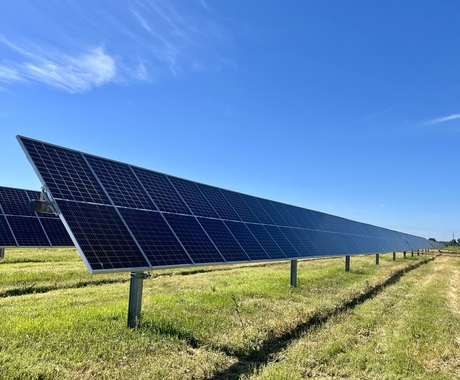Rhea Landholm, brand marketing and communications manager, rheal@cfra.org, 402.687.2100 ext 1025
Lyons, Neb. - The Supplemental Nutrition Assistance Program, or SNAP, provides food assistance to 1 in 7 Americans, and 1 in 11 Nebraskans. Today, the Center for Rural Affairs released a white paper examining “A Discrepancy in Rural Nebraska’s Supplemental Nutrition Assistance Program (SNAP).”
The white paper is by Jordan Rasmussen, policy program associate.
“In rural Nebraska, where food is grown to meet the needs of the nation and the world, food security is a challenge for some residents,” Rasmussen said. “SNAP, formerly referred to as the nation’s food stamp program, exists to alleviate the prevalence of food insecurity. Yet, in rural areas of the state, participation in SNAP remains low, despite socio-economic shifts that have increased need.”
Nationally, SNAP participation in rural areas is 16 percent, exceeding the urban and rural national average. However, in Nebraska, participation in rural areas is 7.6 percent.
“As policymakers deliberate the funding and future of SNAP, federally – in the 2018 farm bill and in tax reform and debate – as well as at the state level, consideration must be given to the use and underutilization of the program,” Rasmussen said. “SNAP is a critical safeguard against food insecurity and poverty for millions of rural and urban residents alike.”
The author takes a look at participation in households with children and seniors. In Nebraska, 74 percent of SNAP participants are in families with children; and 1.9 percent of households are home to a SNAP recipient over the age of 60.
“In rural Nebraska, SNAP assistance received by senior households is misaligned with the percentage of poverty for the area,” Rasmussen said. “This discrepancy demonstrates the need for SNAP exists in rural communities, and further efforts should be made to help close this gap on monetary food insecurity assistance in rural areas.”
The author suggests that effort be made by Nebraska agencies and organizations to improve participation rates in rural areas through expanded outreach and education.
“This is particularly important for the state’s rural children and the growing number of seniors living in rural locations as they age,” Rasmussen said. “The challenge of food security is not bound by a rural or urban delineation; access and utilization of SNAP to address the challenge of food security should not be either.”
To view a copy of “A Discrepancy in Rural Nebraska’s Supplemental Nutrition Assistance Program,” visit cfra.org/publication.



